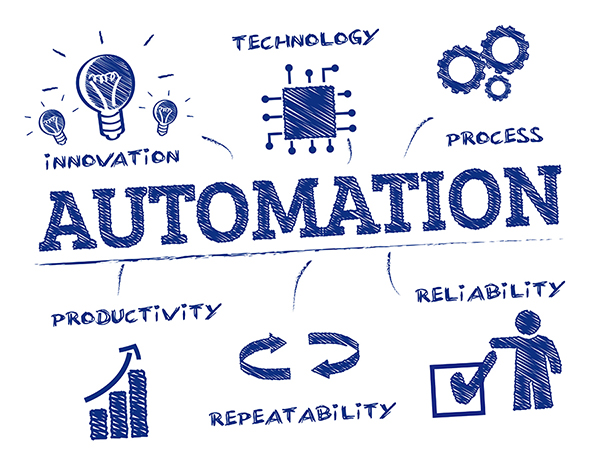I have taken many builders and developers on tours of the Impresa factory and our partner factories across the country. One thing that strikes most of those seeing a modular factory for the first time is the distinct lack of automation. They expect to walk into something resembling a Ford or GM facility, with robots assembling houses on an automated line, but that’s not what today’s offsite construction industry is like. The current reality is much more conventional and for good reasons.
As we all know, some people jumping into offsite construction from other industries have ignored this reality to their detriment. Katerra is the most infamous example. The company spent hundreds of millions of dollars on factories that included the latest in robotics and automation, and then blew up spectacularly. That outcome, and the resulting press coverage, is bad for the industry. It’s not what I, or anyone else, ever want to see again.
One way to avoid such a result is with pre-planning. Before considering automation and robotics for a new or existing factory, you need to define exactly what you want to do and how you want to do it. Are you going to build panels? Panels and floor cassettes? Or, will you be manufacturing full volumetric modules? Manufacturing a wall panel is different than manufacturing a volumetric module. Also, how much output will you be producing?
The auto industry really shines when it comes to pre-planning. Ford will spend a billion dollars on retooling for a new F-150 line and they won’t start building the line until they know every detail of how they will build the truck (including how materials will flow to the line) and how every part will be choreographed during the assembly process. They understand their costs to the penny.
But while housing manufacturers should make a similar commitment to pre-planning, they can’t go into the detail that Ford and other auto companies can. Homes are very different than vehicles.
A car or truck will have little variation within a model. Except for California, every vehicle is identical, no matter the state to which it will be delivered. There’s some variation between trim levels (colors, engine horsepower and whether or not it has four-wheel drive), but the basic model is always the same.
That’s most certainly not the case with houses. Each state customizes the International Residential Code (IRC) to arrive at its own state building code and then adds its own yearly code variations. Even cities within the same state can have different codes. On top of that, there are many, many house designs. And just to make things more interesting, details like the optimal wall system will vary among the eight climate zones in the US.
Finally, there’s the question of what you can, and can’t, automate cost-effectively. Walls and floors are much simpler than kitchen installations or drywall finishing.
Drywall is actually a great example. There’s a general expectation among homebuyers that most walls will be covered with drywall and painted. That expectation doesn’t lend itself to automated finishing based on today’s standard of completion.
In fact, the only way to automate a process like wall finishing with existing automation technology would be to eliminate drywall altogether. That would require product innovation. Smart industry vendors and suppliers would have to come up with a better wall covering that satisfies buyer expectations and that can be finished in an automated way.
Drywall is just one example. All building materials are configured for how they are handled and finished in the field. Why does a 4-foot x 8-foot sheet of half-inch OSB weigh 54 pounds? Because a single person can lift it at a job site. In a factory, we could use material handling equipment to lift a 10-foot x 28-foot sheet of OSB, and that 10-foot width would be more than wide enough for a wall with 9-foot ceilings. However, no mill currently produces 10-foot x 28-foot of OSB sheets because no builder could handle them.
The point is that to optimize home manufacturing, we would need to change the way homes are actually built, as well as how materials are produced and delivered. We aren’t there, yet. And until we are, automation for factory-built homes will only be implemented in limited ways.

















